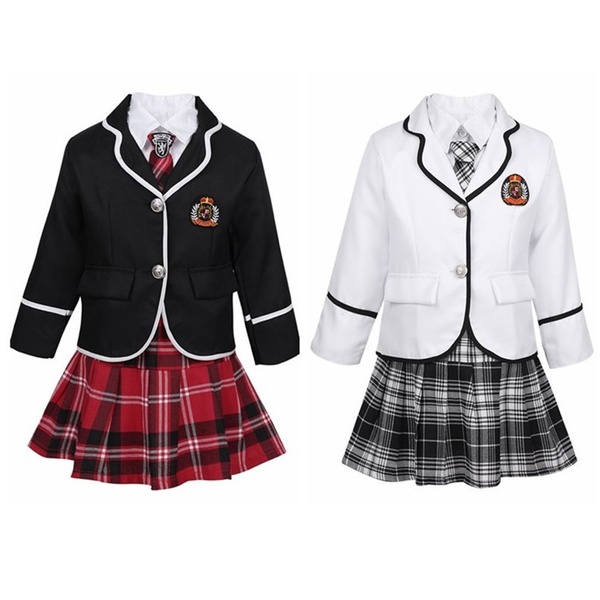12.5 million school uniforms go into the bin this morning

As the nation’s schoolchildren head back to classrooms on Monday, millions of pieces of clothing could be heading to landfill.
There are 6.25 million school-age children in the UK according to the Department for Education – and, as the Government begins its plans to get the nation back to normal, they are heading back to schools as of Monday 8th March.
But what, asks rubbish disposal experts Divert.co.uk, is to become of the uniforms they have outgrown in the year since most students have been in full-time school?
Children – particularly primary age children, of which there are 4.5 million in the UK – outgrow uniform on a regular basis, with many parents bemoaning the cost of kitting out each child with several new sets of trousers, skirts, polo shirts and blazers each year.
“It costs a fortune,” says Kerri, 32. “I’ve got two children in primary school and even the cheapest supermarket uniform adds up when you need to buy a few pairs of trousers, a few polo shirts, a few jumpers – they’re filthy after one day, so you need plenty in the wardrobe.”
Lara, 36, agreed. “I’ve got no choice – I’m going to be sending my little boy in trousers that look like shorts until I can get some in a bigger size… after that they’ll get binned, because he looks ridiculous.”
Divert.co.uk is warning that these multiple pieces of uniform for each child could be heading to landfill as parents realise their little ones have shot up since lockdowns began.
Mark Hall, spokesperson for Divert.co.uk, said:
“If each school age child has outgrown two pieces of uniform – and that’s a conservative estimate, as many will have multiple items – then that could be 12.5 million pieces of clothing heading for landfill. Add to that the fact that many uniform pieces, especially for primary age children, are not biodegradable, and we have something of a small environmental disaster on our hands.”
Many uniform items are marketed as easy care or ‘no iron’, appealing to time-strapped parents who want fuss-free mornings with their children. But non-iron shirts, shorts and skirts are made with polyester – which, as a synthetic material made from petrochemicals – does not biodegrade.
It’s clear to see that a mass dumping of outgrown uniforms will be introducing colossal amounts of permanent waste into the environment – but what alternatives do parents have?
Hall continues:
“Now is the time for parents and schools to think smart – many families will have bags full of barely worn uniform which could easily be given to children in lower school years and get plenty of use. Schools or parent groups should be organising Covid-secure swap ‘sales’, where you donate your old uniforms to the school or a designated point and are given uniform in the size you need in return. That way, most people will be able to replace their children’s uniforms for free, and countless pieces of clothing won’t end up going to landfill unnecessarily.
“Schools could have donation bins outside the drop-off point for parents, allowing for a safe and easy way to drop old uniforms off, and teachers could even help coordinate during the school day – if they spot a child wearing their trousers at half-mast, it’s easy enough with parents’ permission to give them a suitable pair to swap into.
“Of course, parents may organise this informally amongst themselves, too – speaking to friends with similar-aged children can often yield great results, especially when most uniforms bought last year will have had hardly any wear. You’ll get almost-new items for your children and save a landfill catastrophe all at once.”




